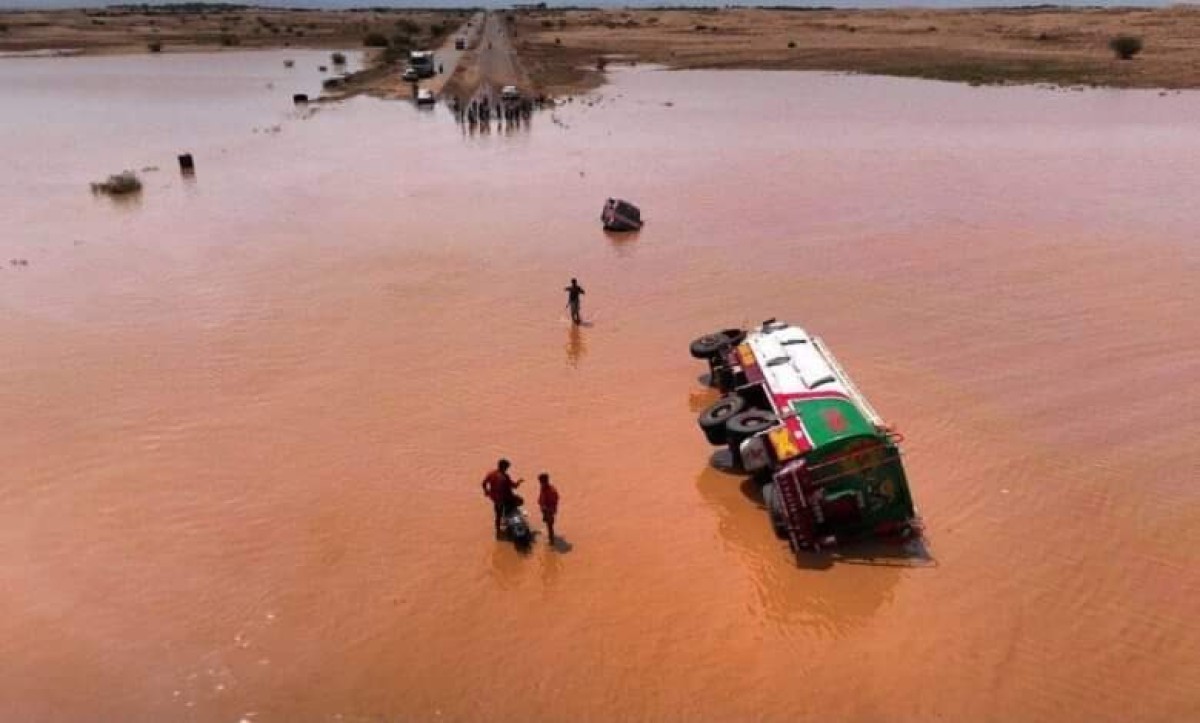73 people were killed and injured, and more than 34,000 families were affected due to the recent floods in Yemen


A recent UN report revealed that no less than 73 people were killed and injured, and more than 34,000 families were affected as a result of the recent flash floods that struck several governorates in Yemen.
The United Nations Office for the Coordination of Humanitarian Affairs (OCHA) said in its latest report, published on Sunday: “Initial reports indicate that 57 people were killed and 16 others injured, and these numbers are likely to increase, while approximately 34,260 families were affected as a result of the rains.” Heavy rains and flash floods across the country
The report added that heavy rains and devastating floods in Yemen began last March, but increased in intensity at the end of June, and worsened at the end of July and the first weeks of August, “which led to the damage to infrastructure and the destruction of... homes and shelters, causing deaths and injuries and affecting tens of thousands of families, many of whom are already displaced.”
The UN office indicated that Taiz Governorate was the most affected, with 6,494 families and 15 deaths, followed by Al-Hudaydah with 6,042 families and 31 deaths, then the districts of Hays, Al-Mukha and Al-Khawkhah on the West Coast (5,833 families), and Hajjah (2,753 families). , in addition to 2,800 families in Abs District; Most of them are displaced, according to the Norwegian Refugee Council, while Saada (3,451 families, two deaths), Sanaa city (1,800 families), Hadramaut (1,616 families), Al-Mahra (961 families), and Al-Jawf (949 families) were affected.
He added that 660 families were affected in Al Dhalea, Abyan (611 families), Lahj (584 families), Shabwa (523 families), Amran (486 families), Al Mahwit (464 families), Ibb (271 families), and Dhamar (233 families). families), while the governorates of Sana'a, Al Bayda, and Ma'rib were the least affected, with 170, 112, and 60 families (respectively).
The report indicated that the Rapid Response Mechanism (RRM) partners provided emergency assistance to a total of 12,801 families, and provided shelter services to 3,744 families in the affected governorates. Partner organizations are also preparing to provide various medical supplies, including 35 joint health emergency units. Inter-agency essential medicines, 15 measles treatment kits for mild cases, 30-40 thousand bags of intravenous fluids, 50 acute watery diarrhea (AWD) response kits, and 54 mobile teams will be deployed in affected areas to provide health and nutrition services.